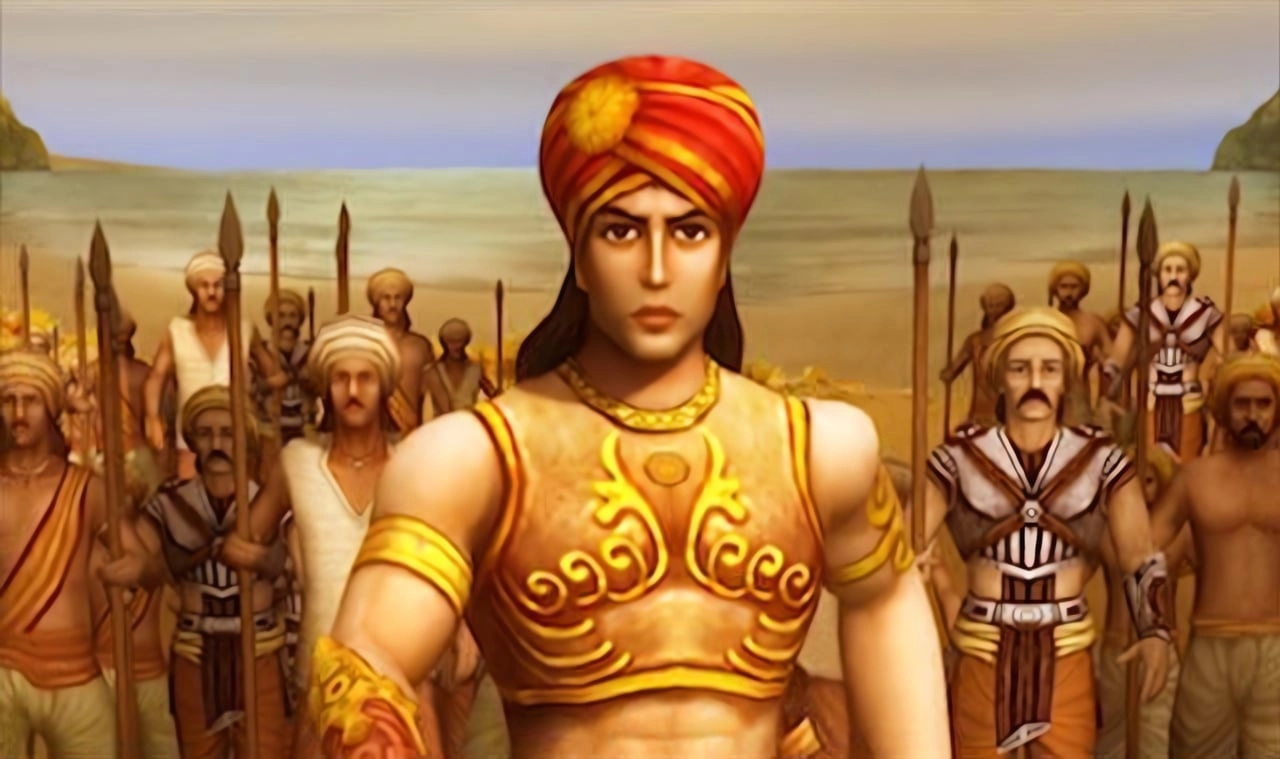
In the world of video gaming, there are stories of games developed beyond the usual hotspots of America, Japan, and Europe. One such story is that of Chandragupta: Warrior Prince, a game developed in India based on the life of the historical Indian Emperor Chandragupta Maurya. Specifically created for the Indian market, the game was released for the PSP in 2009 and the PS2 in 2011.
Chandragupta stands out as a culturally enriching game, offering dialogue in both English and Hindi. Players navigate through various chapters of the emperor’s life as the game unfolds in a 2.5D cinematic platformer style. It includes elements of sword combat, arrow firing, special attacks, bosses, puzzles, and an RPG-style upgrade system. While the game's mechanics are reminiscent of the original Prince of Persia, it carves out its own identity with its unique setting and atmosphere.
The origins and development of Chandragupta: Warrior Prince are shrouded in curiosity. An in-depth look into its making reveals a less known aspect of game development in India. Souvik Mukherjee's chapter on India in Mark Wolf’s book "Video Games Around the World" touches upon the subject. It outlines India’s burgeoning gaming scene and mentions pioneering Indian games such as Yoddha: The Warrior and Bhagat Singh, setting the stage for a context in which Chandragupta would later emerge.
Interestingly, the game's creation involved international talent, including French game designer Pascal Luban. Known for his work on popular games like Alone in the Dark and Splinter Cell, Luban was an unexpected connection to the Indian gaming project. Despite his French origins, Luban worked remotely on the game's design while the executive team was based in the UK and development took place in India. The plan was to harness top-level design work from Europe alongside the cost-effective production capabilities in India.
However, the development of Chandragupta did not proceed without its challenges. Luban, while designing the entire game, found that the actual implementation fell short of expectations. He indicated that the level design, carried out by others, lacked the necessary experience and even after his reviews, the deficiencies could not be adequately addressed.
The result of these remote collaborations and inexperience in key areas culminated in a game that was rich in cultural references but plagued with gameplay issues. For instance, portions of the levels were perplexing, offering inexplicable dead ends or leading players on impossible paths. These design choices often led to more frustration than enjoyment.
Despite its gameplay flaws, the real triumph of Chandragupta: Warrior Prince lies in its celebration of Indian culture and history. The game’s setting, narrative, music, and artistry embody a distinct Indian essence that gives it a memorable identity. This local flavor was an intentional choice, aimed at appealing to Indian parents and providing an educational aspect for children through embedded brain puzzles.
Luban's work on Chandragupta also offered him a glimpse into the vastness of Indian history, which he found to be underutilized by Western game designers. The experience suggested that there is a world of myths, legends, and historical tales beyond European medieval history that can serve as excellent inspiration for new games.
As the conversation on diversifying the cultural sources for video game narratives continues, the story of Chandragupta: Warrior Prince serves as an invaluable case study. It showcases the potential for video games to explore and celebrate different cultures and histories, despite the practical challenges in doing so.
Ultimately, Chandragupta: Warrior Prince represents an interesting chapter in the global tapestry of video game development. The game may not have achieved critical success due to its gameplay limitations, but its endeavor to represent Indian history through the medium of gaming remains a noteworthy effort. It stands as a testament to the idea that games can be more than just entertainment; they can be windows into the rich and diverse narratives of our world’s vast cultures.
You must be logged in to post a comment!